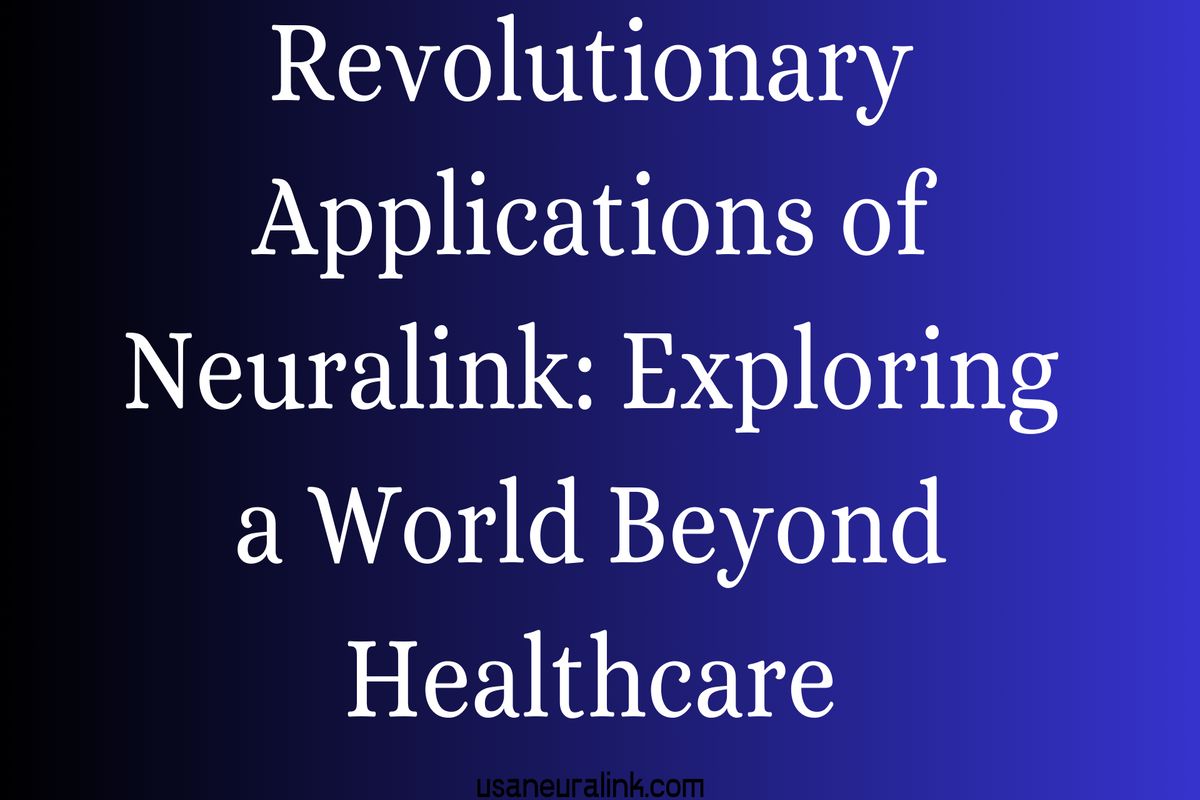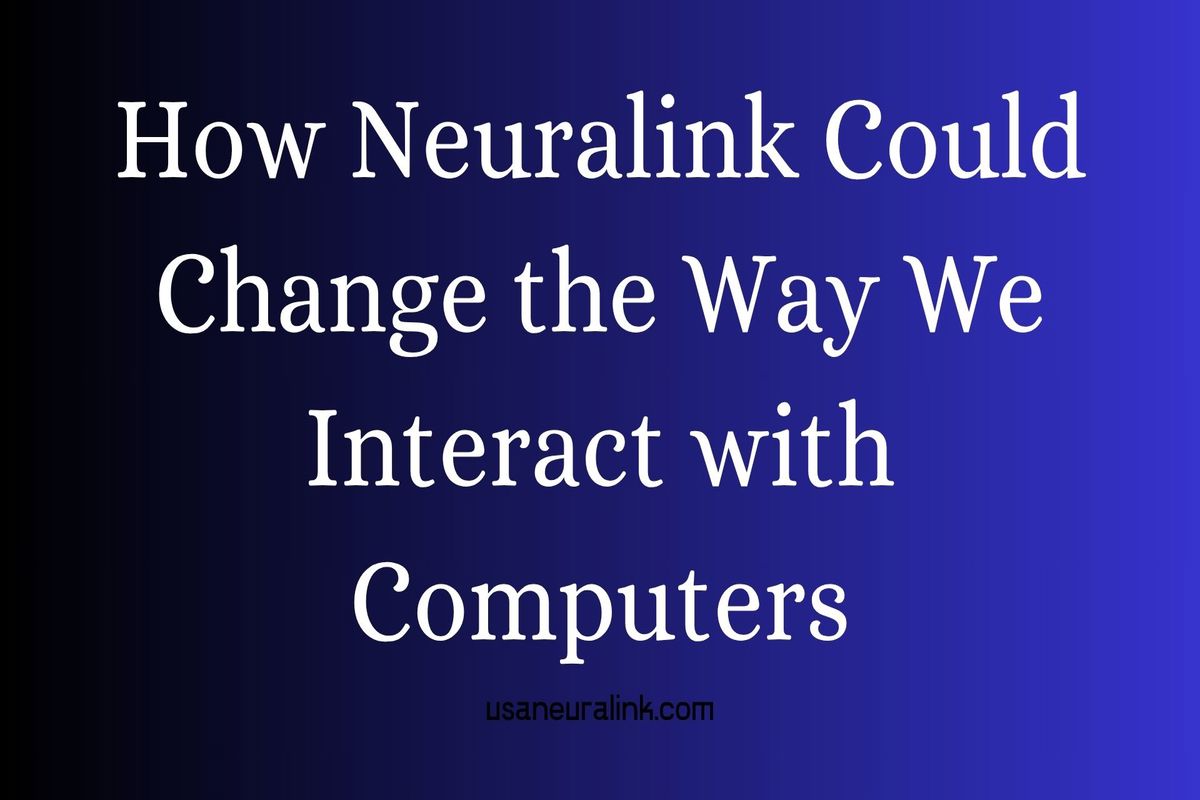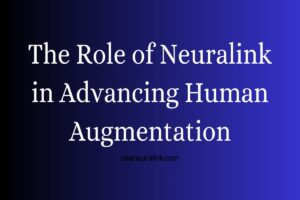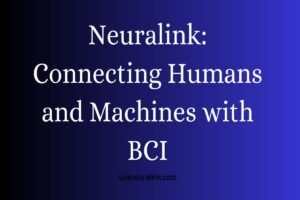Revolutionary Applications of Neuralink: Exploring a World Beyond Healthcare
Neuralink Beyond Healthcare: The Dawn of Human-Technology Convergence
As Neuralink pushes the boundaries of human neural capabilities, its potential extends far beyond revolutionary healthcare applications into transforming our daily lives. The breakthrough developments in Brain-Computer Interface (BCI) technology promise to usher humanity into an unprecedented era of human-technology convergence.
Direct Digital World Interaction
The successful results from Neuralink’s human trials, particularly with first subject Noland Arbaugh, demonstrate that the technology’s applications won’t be limited to medical use. Arbaugh’s ability to control computers through thought alone provides compelling insights into how we might all interact with the digital world in the future.
Through thought-controlled interfaces, we can anticipate:
- Instantaneous communication with smart devices
- Seamless experiences in virtual and augmented reality environments
- Thought-speed interactions with social media and messaging platforms
- Next-generation control mechanisms in gaming and entertainment
- Direct neural browsing of the internet and digital content

The Future of Education and Learning
Neuralink technology holds the potential to fundamentally transform learning processes. Through brain-computer interfaces, we might achieve:
- Direct access to information and accelerated learning capabilities
- Revolutionary advances in language acquisition
- Rapid mastery of complex skills
- Enhancement and optimization of cognitive abilities
- Neural network-based knowledge sharing
- Instant access to vast databases of information
Productivity Revolution in Business
The capabilities offered by Neuralink could catalyze significant changes in the business world:
- Thought-speed data analysis and decision-making
- Mental control of complex systems and machinery
- Enhanced remote work capabilities
- New dimensions in human-machine collaboration
- Instant access to professional knowledge bases
- Real-time market analysis and response
Enhanced Daily Living
As the technology becomes mainstream, we can expect transformative changes in daily life:
- Mental control of smart home systems
- Hands-free vehicle operation experiences
- Telepathy-like communication with personal assistant systems
- New standards in digital security and identity verification
- Seamless integration with IoT devices
- Thought-controlled environmental customization
Social Impact and Ethical Dimensions
The widespread adoption of Neuralink will bring significant societal changes:
- New dimensions of digital inequality
- Fresh debates on privacy and data security
- Ethical boundaries in human cognitive enhancement
- Reshaping of social communication and interaction
- Questions of personal identity and consciousness
- Impact on human relationships and social structures
New Horizons in Entertainment and Arts
BCI technology could revolutionize entertainment and artistic expression:
- Direct mental creation of art pieces
- Full immersion in virtual reality experiences
- Next-generation interactive entertainment formats
- Thought-based music composition
- Neural-driven creative expression
- Direct emotional and experiential sharing
Infrastructure and Development
The successful implementation of Neuralink’s non-medical applications requires significant infrastructure development:
- Enhanced data processing capabilities
- Advanced neural signal interpretation systems
- Robust security protocols
- Standardized neural interface protocols
- Integration with existing digital infrastructure
- Development of neural-compatible software
Future Prospects and Challenges
While Neuralink’s non-medical applications present extraordinary potential, several challenges need addressing:
- Technical Infrastructure Development
- Signal processing optimization
- Battery life and power management
- Miniaturization of components
- Security Concerns
- Neural data protection
- Unauthorized access prevention
- Identity verification systems
- Ethical Considerations
- Privacy protection
- Cognitive enhancement limits
- Equitable access concerns
Integration Timeline and Adoption
The implementation of these applications is expected to follow a phased approach:
- Initial Phase (2024-2026)
- Basic computer control capabilities
- Simple device interaction
- Preliminary VR/AR integration
- Development Phase (2026-2028)
- Enhanced neural control systems
- Expanded application ecosystem
- Improved user interfaces
- Advanced Implementation (2028-2030)
- Full neural integration capabilities
- Widespread commercial applications
- Advanced neural networking
Conclusion
Neuralink’s potential beyond healthcare represents a paradigm shift in human-technology interaction. While significant challenges remain in terms of development, security, and ethical considerations, the technology promises to fundamentally transform how we interact with the digital world and each other. The successful implementation of these applications could mark the beginning of a new chapter in human evolution, where the boundaries between biological and digital existence become increasingly fluid.
As we stand on the brink of this technological revolution, it’s crucial to approach these developments with both optimism and careful consideration of their implications. The future shaped by Neuralink’s technology will likely be more extraordinary than we can currently imagine, but it must be guided by robust ethical frameworks and a commitment to benefiting humanity as a whole.
Share this content:






















Post Comment